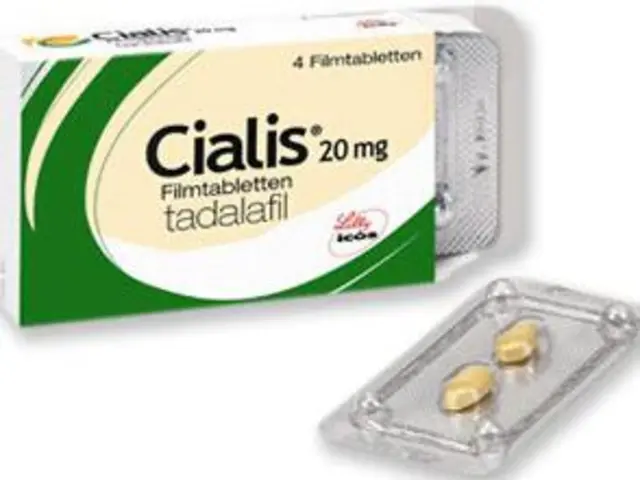Cholesterol: Read Your Numbers, Reduce Your Risk
High cholesterol usually shows no symptoms, but the numbers on your lab report matter. Knowing what each number means and taking simple steps can cut your heart risk. Here’s a plain, practical guide you can use right away.
What the numbers mean
A standard lipid panel shows total cholesterol, LDL (bad), HDL (good), and triglycerides. Aim for LDL under 100 mg/dL for most people; under 70 mg/dL if you already have heart disease. HDL should be above 40 mg/dL for men and 50 mg/dL for women. Triglycerides under 150 mg/dL is a good target. Talk to your clinician about targets that fit your age, diabetes status, and heart disease risk.
Don’t fixate on one value—doctors look at the whole picture: your blood pressure, smoking, family history, and diabetes all change how aggressive treatment should be.
Practical steps that work
1) Improve your diet: Swap out fatty cuts of meat and full-fat dairy for lean proteins and plant-based meals. Cut trans fats entirely (check food labels). Add soluble fiber—oats, beans, apples, and psyllium help lower LDL.
2) Eat more healthy fats: Replace some fats with olive oil, avocados, nuts, and fatty fish. Omega-3s from oily fish help triglycerides. If you’re curious about supplements, read our article on Calanus oil for a closer look at an omega-3 option.
3) Move more: Aim for about 30 minutes of moderate exercise most days. Even brisk walking reduces LDL and raises HDL over time.
4) Lose a bit of weight: Dropping 5–10% of body weight often improves cholesterol and triglycerides noticeably.
5) Stop smoking and limit alcohol: Quitting raises HDL; too much alcohol raises triglycerides.
6) Consider plant sterols and stanols: Found in fortified foods or supplements, they can lower LDL modestly when used daily.
7) When lifestyle isn’t enough: Statins are the go-to drugs and lower heart events. If statins don’t reach your targets, doctors may add ezetimibe or newer PCSK9 inhibitors for high-risk patients. If you also have high blood pressure, articles like our Micardis and Trandate guides explain meds that often appear alongside cholesterol treatment.
Get tested regularly—if your first lipid panel is abnormal, repeat testing and lifestyle changes are reasonable before rushing into therapy unless you’re high-risk.
Want clear next steps? Start with a current lipid panel, set a concrete goal (for example, drop LDL by 20% in six months), change one habit this week—swap butter for olive oil or add a 20-minute walk—and follow up with your clinician.
Related reads on eDrugstore.com: "Unlocking the Benefits of Calanus Oil" for omega-3 help, "Buy Micardis Online Safely" for blood pressure context, and practical drug guides if you’re considering medication options.




